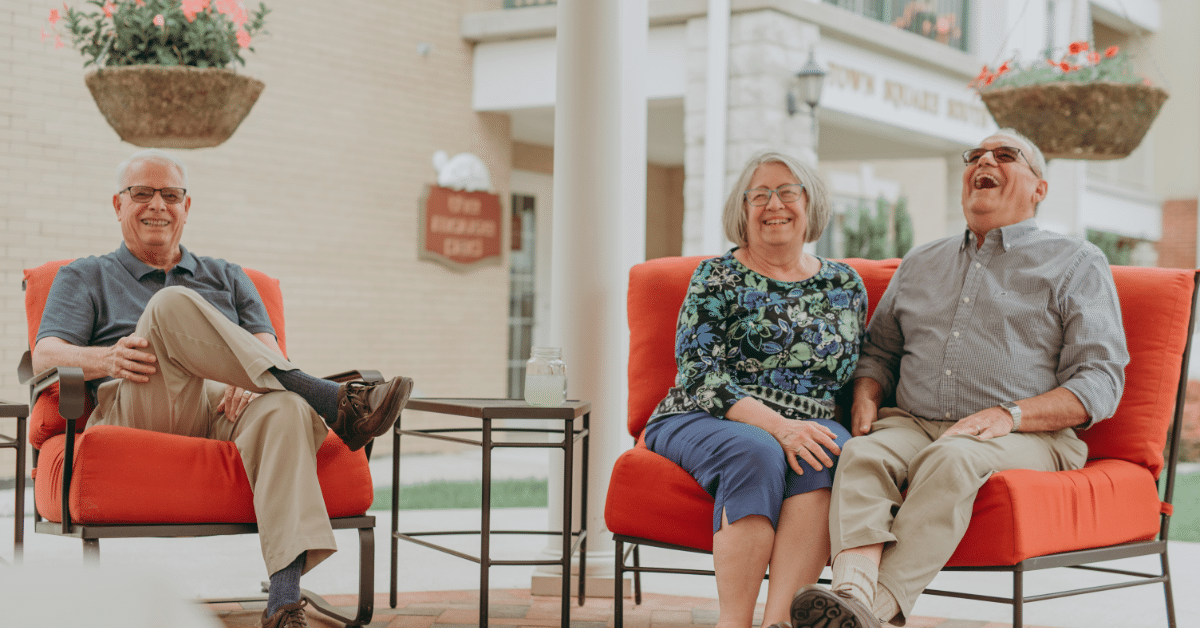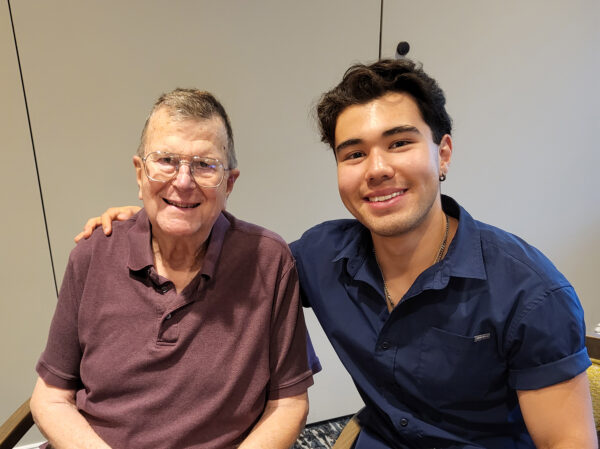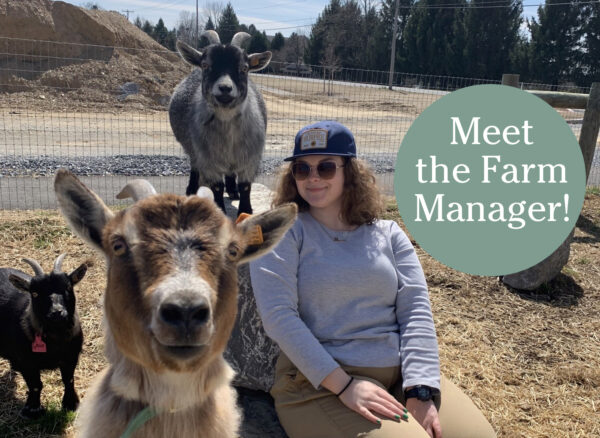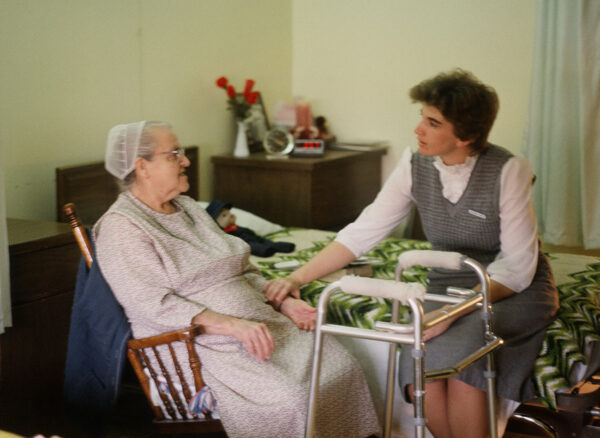One of the least understood aspects of Life Plan Communities is the confusion that exists around the terms “nursing home” and “retirement community.”
These two terms are often used interchangeably and can consequently complicate the decision-making process when it comes to pursuing the next phase of an aging adult’s life.
When you’re looking to join a community of retired adults, or when you’re helping your parent or loved one find the right community for their needs, knowing what distinguishes “nursing homes” from “retirement communities” is a great place to start.
A nursing home and a retirement community both provide care for adults–but in very different ways.
A “nursing home” is an archaic term that often refers to skilled nursing facilities. These are residential living spaces with nurses who provide skilled care, typically around the clock. As adults age, they may start to need help with daily activities or have certain medical needs. Nursing homes, or skilled care facilities, have evolved greatly in the past few decades, with many providing daily medical care in a home-like setting.
A “retirement community” is another term that is mostly used to describe a Life Plan Community. Formerly known as “continuing care retirement communities,” or CCRCs, Life Plan Communities are vibrant neighborhoods where retired adults can connect with other retirees and become part of a larger, more engaged community—and not just a community that exists within its own boundaries. The true beauty of a Life Plan Community is its ability to form a bridge between its residents and the surrounding region.
When Life Plan Communities create opportunities for residents to serve the broader community, everyone benefits.
Life Plan Communities exist to allow seniors the opportunity to live a full, meaningful life. Those that are the most successful in this mission understand that giving back to the broader community brings a level of fulfillment that few other things in life can.
At Pleasant View, we help our community members serve with intention, connecting them to organizations that need their support, like the nearby Manheim Public Library, our local school districts, and area farming programs. Volunteering at these and other organizations that need our help brings us even closer as a community.
While our residents are supporting and caring for the community, we’re taking care of them.
A true retirement community offers everything a retiree needs at each stage of life, including personal care and medical-assisted care. Adults receive the best of both worlds right when they need it—a vibrant community along with the care they’d receive in a skilled nursing facility, or what was traditionally referred to as a nursing home.
Highly-regarded Life Plan Communities like Pleasant View should offer a series of care options that support each resident’s physical, emotional, social, and spiritual wellbeing – all of which are integral to maintaining an active, healthy, fulfilling lifestyle.
Here are a few examples of what quality retirement community care looks like at Pleasant View:
As adults age, many benefit from some level of assistance with daily living tasks, medication, housekeeping, and other activities. A Life Plan Community’s team of professionals can provide residents with a caring, safe place to live. They also give support to family members caring for their loved ones, as well as the peace-of-mind knowing that someone is always there to help.
If an adult’s needs increase and they require dedicated medical care, a retirement community that offers skilled nursing care brings community and care together in one place. Skilled nursing care should be individualized with a care plan prepared for each resident’s specific needs. Skilled nursing care should also be holistic with input from the nursing staff, the social services team, pastoral care, life enrichment, dining services, and family members.
Life Plan Communities should be prepared to support residents who suffer an unexpected illness or need to recover from a scheduled surgery. After an illness or surgery, people recover best when they’re in the comfort of their own home. That’s why having a comprehensive rehabilitation service right in a retirement community is the best way to help residents recover faster and get back to enjoying daily life. Rehabilitative services need to include a wide array of key therapies including restorative health, pain management, cognitive rehabilitation, wound care, balance treatment, cardiac pulmonary treatment, and low vision training—just to name a few.
Memory care should focus on what is left, not on what has been lost. Caring for adults with dementia or dementia-related illnesses requires compassion, dedication, and specialized care from a skilled team of professionals. Life Plan Communities can offer this high level of care while maintaining the resident’s involvement in the community, easing any transitions in care, and keeping adults living independently for as long as possible.
At Pleasant View, we call ourselves a ‘Life Plan Community.’ Simply put, we have something to offer every one of our residents regardless of their needs and retirement goals. We’re here to help our residents live a life of joy, meaning, and purpose.
We invite you to schedule a tour and see for yourself just how vibrant our retirement community is here at Pleasant View.




